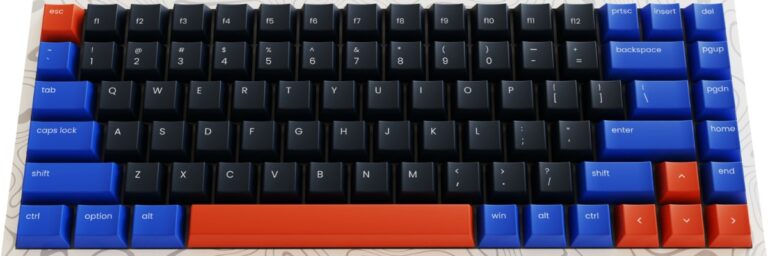Floating shelves are a sleek, modern solution for storage and display that can enhance any room’s aesthetics while providing functional utility. They appear to “float” on the wall without visible supports, creating a clean and minimalist look. This guide covers everything you need to know about floating shelves, including their benefits, installation tips, and styling ideas.
Benefits of Floating Shelves
Floating shelves offer several advantages over traditional shelving systems:
Space-Saving Design
Due to their wall-mounted design, floating shelves take up no floor space, making them ideal for small rooms or tight spaces like bathrooms and hallways.
Versatility
These shelves can be used in almost any room of the house—from the kitchen to display spices and cookbooks, in living rooms for decorative items, or in bedrooms for personal mementos.
Customizable
Floating shelves come in a variety of materials, sizes, and finishes, allowing you to match them with your home décor. They can also be custom-made to fit specific dimensions.
Minimalist Aesthetic
The lack of visible brackets or hardware gives floating shelves a sleek and contemporary look, complementing modern home decor seamlessly.
Choosing the Right Floating Shelves
When selecting floating shelves, consider the following factors:
Material
Common materials include wood, glass, and metal. Choose one that fits the load requirements and complements the room’s decor.
Size and Weight Capacity
Consider what you plan to store or display on the shelves. Ensure the shelves are thick and sturdy enough to support the weight of the items.
Finish and Color
Select a finish or color that matches or contrasts nicely with your room’s palette. Popular choices include natural wood, stark white, and matte black.
Installation Tips
Installing floating shelves is straightforward but requires some tools and attention to detail:
Tools Required
You will typically need a drill, level, measuring tape, screws, and wall anchors suitable for your wall type (drywall, plaster, or brick).
Installation Process
1. Determine the placement of the shelf and mark it on the wall.
2. Use a level to ensure the marks are straight.
3. Drill holes in the wall, insert the wall anchors, and then screw in the mounting brackets.
4. Attach the shelf to the brackets according to the manufacturer’s instructions.
Safety Considerations
Make sure to secure the shelves properly to prevent them from falling. Use appropriate anchors for your wall type—expansion anchors for drywall and concrete anchors for brick or concrete.
Styling Your Floating Shelves
Balanced Arrangements
Place items of varying heights and sizes to create a dynamic yet balanced display. Mix books, plants, and decorative objects for an aesthetically pleasing arrangement.
Theme Consistency
Stick to a consistent color scheme or theme that complements the rest of the room. This can help in creating a cohesive look.
Functional Yet Decorative
While floating shelves are great for decoration, they can also be functional. In kitchens, use them to store frequently used ingredients or utensils. In offices, they can organize books and documents stylishly.
Conclusion
Floating shelves are a stylish and practical addition to any home. They not only save space but also serve as a versatile solution for storage and display needs. With the right selection, installation, and styling, floating shelves can transform an ordinary room into an elegant and organized space. Whether you aim for a minimalistic look or a more eclectic vibe, floating shelves are a great way to enhance your home’s aesthetic and functionality.






